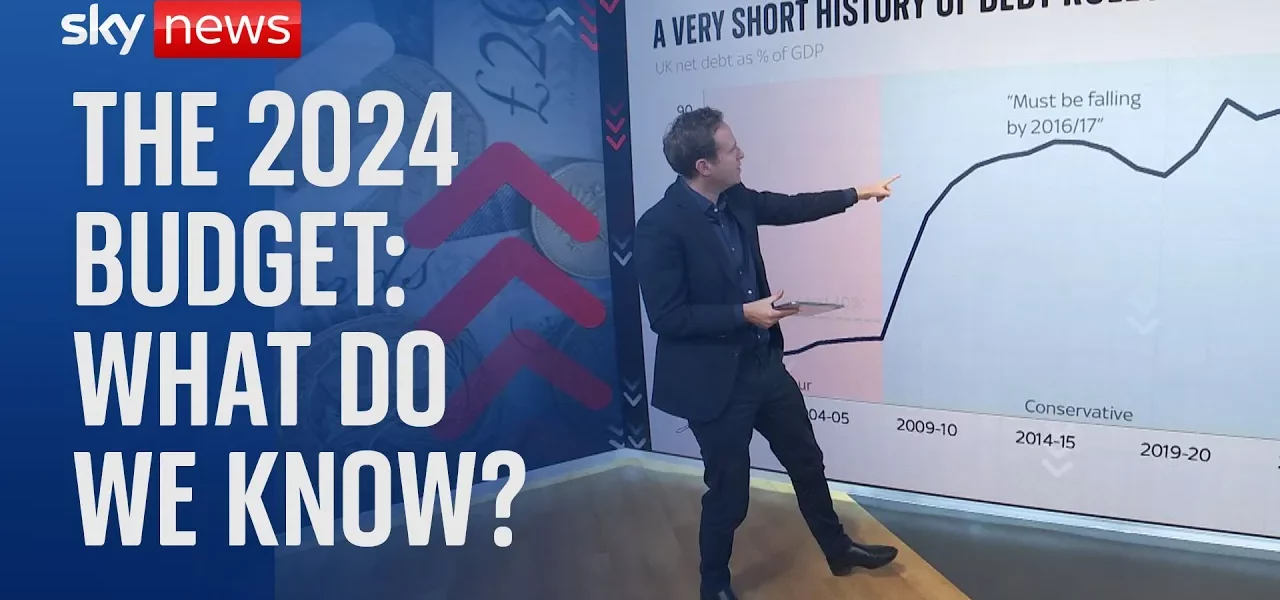Rachel Reeves and the Constraints of Fiscal Rules on National Debt

This article delves into the fiscal landscape that Rachel Reeves must navigate as she contemplates budgetary spending amidst strict national debt regulations. We will explore the historical context of fiscal rules, their implications, and potential strategies for maneuvering within these constraints.
Introduction
As the UK approaches its budget announcement, speculation is rife regarding Rachel Reeves’ intentions to increase government spending. However, the framework within which she operates is tightly constrained by established fiscal rules aimed at managing national debt. These regulations, which have evolved over time, dictate the permissible levels of debt relative to the country’s economic output. Understanding these rules not only sheds light on Reeves’ policy options but also highlights the historical trajectory of UK debt management.
The Historical Context of Fiscal Rules
The history of fiscal rules in the UK is marked by significant shifts in policy and economic circumstances. Originally, under Prime Minister Gordon Brown, a key fiscal rule was established: the national debt must not exceed 40% of Gross Domestic Product (GDP). This benchmark was adhered to for a significant portion of Brown’s tenure, illustrating a commitment to fiscal prudence. However, the onset of the financial crisis dramatically altered this landscape, resulting in soaring national debt levels.
The Conservative Era and Changing Fiscal Rules
Following the financial crisis, the Conservative government introduced its own set of fiscal rules, which were notably more flexible and subject to change. The evolution of these rules included:
- National debt must be falling by the fiscal year 2015-2016.
- Adjustments for subsequent years, with targets shifting to ensure the debt would be falling within 3 to 5 years.
Despite these shifting goals, the national debt continued on an upward trajectory, underscoring the challenges faced in maintaining fiscal discipline.
Current Fiscal Constraints for Rachel Reeves
As Rachel Reeves steps into her role, she inherits a complex fiscal environment characterized by stringent rules. One of the most crucial stipulations requires that national debt must be on a downward path within a five-year timeframe. This requirement poses significant challenges but also opportunities for strategic maneuvering.
Understanding the Measures of National Debt
Reeves has to navigate various measures of national debt, including:
- Public Sector Net Debt: This measure excludes the Bank of England’s interventions and is the primary rule constraining Reeves.
- Overall Public Sector Financial Liabilities: This measure provides a broader view of debt in relation to assets and shows a more rapid decline.
- Public Sector Net Worth: This metric offers the most significant headroom, indicating that the government could potentially leverage it for additional spending.
Strategies for Maximizing Fiscal Headroom
Given the constraints, Reeves may consider several strategies to maximize fiscal headroom:
- Reassessing Fiscal Definitions: By focusing on different measures of national debt, such as public sector net worth, Reeves could present a more favorable fiscal position.
- Leveraging Assets: Highlighting government assets could help in justifying increased spending, thereby easing the pressure from debt measures.
- Potential Policy Changes: Advocating for a revision of the current fiscal rules may provide more flexibility in spending without breaching established guidelines.
These strategies could allow Reeves to navigate her fiscal responsibilities while still addressing pressing budgetary needs.
Conclusion
The fiscal landscape presents Rachel Reeves with both challenges and opportunities as she prepares for the upcoming budget. The historical context of fiscal rules, together with the current measures of national debt, will significantly influence her spending decisions. By strategically navigating these constraints, Reeves has the potential to foster economic growth while adhering to fiscal prudence. For further insights into UK fiscal policy, explore our related articles on government spending and economic management.
“`




